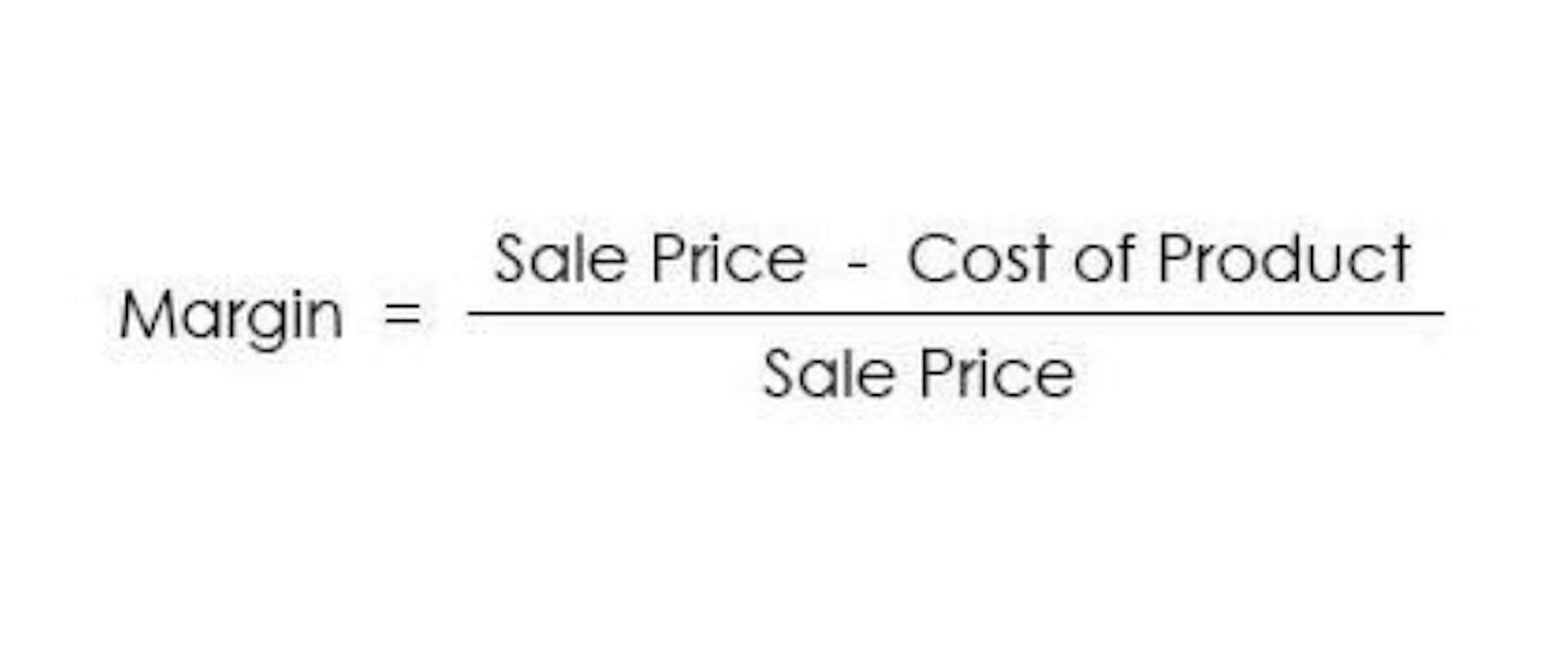
This unusually wide range of users makes it difficult to adjust the nature of calculations to the potentially different purposes and interests of these users (Smith et al., 2008). The peculiarities of the nature of health care as an area of activity have very specific implications for the scope and nature of cost accounting. Avoid common healthcare accounting for medical practices accounting mistakes such as neglecting bookkeeping, mismanaging cash flow, skipping bank account reconciliations, and commingling business and personal expenses. By following these tips and best practices, you can establish a solid financial foundation for your medical practice, enabling you to focus on delivering exceptional patient care.

What is the typical range of pricing for medical accounting software?
The income statement, balance sheet, and cash flow statement are essential financial statements generated from the maintained books. These statements enable in-depth analysis of the business’s profitability, health, and operations. This guide explores the fundamental bookkeeping principles that every medical practice needs to implement. Whether you currently outsource your accounting needs or handle finances in-house, this article will equip you with strategies to improve your medical practice’s financial health. Read on to transform how your business approaches its bookkeeping and finances with bookkeeping for medical practices.
- And our team of accounting specialists brings tailored guidance aligned with the unique needs of your clinic.
- It assesses both fixed and variable costs, including production costs, materials, labor, overhead, and leases.
- Erroneous or missing paperwork and records might lead to delays and increase expenses.
- A difference could be caused, for example, by the use of different drugs or other consumables, but also by different surgical techniques.
- This industry is characterized by a high volume of moving parts and conflicting interests, which increases the likelihood of a claim being refused or encountering another obstacle.
Neglecting Financial Analysis
They then cascade downwards through providers with the production of targeted cost improvement plans derived for individual clinical units and departments. The capabilities of clinical units to respond effectively to such targets depend crucially on the nature and quality of the cost information available. As discussed earlier, volume-based allocations tend to lead to average reported costs, showing variation only in relation to drivers such as length of stay. Based on this, information can relatively easily be produced to highlight some of the variance in actual patient costs, for example, showing average highs and lows. The challenge is that without an activity-based analysis of cost, such variation acts as a largely hypothetical promise that overall costs can be reduced if more patients were as cheap as the cheapest. Unfortunately, a volume-based costing system offers little insight or support in terms of how to effectively and safely achieve this.
Leverage medical billing software or services
After a thorough evaluation, I’ve curated this list of the 12 best medical accounting software, handpicked to solve your specific challenges. These limitations become apparent once we shift our attention beyond the tariff rates to examine the detail of the various cost elements making up the tariff figures. If calculation of these cost elements is based on a volume-based allocation, the result is the reporting of averages, with no variation in costs across patients. However, if the calculation is based on an activity-based approach, costs across patients will vary. Table 4.8 shows the detailed costs for the German DRG for the revision or replacement of hip joints as an example of the level of detail.

As a department, there will likely be an annual budget that groups together all of these resource costs. In terms of authorizing spending, this is useful; however, this aggregation is not helpful for understanding cost behaviour. The first choice involves the aggregation of resources identified in the chart of accounts into cost pools that form the basic structure of analysis in cost systems. The second choice involves the selection of a cost driver for the resulting cost pools that allows costs to be linked to the chosen cost object (step 3). The structure of the chart of accounts and its details therefore greatly influence the detail and nature of costs that are readily available for the costing calculation undertaken in steps 2 and 3.
- Consult with a healthcare financial advisor or accountant who understands the specific nuances of medical practice accounting.
- Running a successful medical practice involves more than just providing quality healthcare services.
- If estate costs at the cost centre or service line level (for example, in the operating theatre) are divided by the number of operations or patients, it will correspond to a top-down, volume-based costing approach.
- Given this focus on cost drivers, the MAQS score is currently well placed to indicate through a low score that there might be room for improvement in the quality of costing data.
- It’s also worth noting that with a paid solution, you typically receive better customer support and regular updates to the software.
- There are many more moving parts than usual, and it’s much easier for things to go wrong.
- It also includes managing contracts for freelance or contracted medical professionals.
Conducting regular financial audits to ensure accuracy and compliance is fundamental in medical accounting. It also involves identifying financial risks and implementing strategies to mitigate them. Accurate medical billing and coding are vital for ensuring correct patient invoicing and insurance claims processing. Errors in coding can lead to claim rejections or denials, affecting the revenue cycle. Reviewing your medical office financial statements more often—preferably every month—helps you stay on top of cash flow and profitability. It also gives you a chance to correct issues before they become problems and measure your progress toward financial goals.
Business, Accounting & Office Support programs at Cowley College – Cowley College News
Business, Accounting & Office Support programs at Cowley College.
Posted: Wed, 15 Mar 2023 11:29:05 GMT [source]
